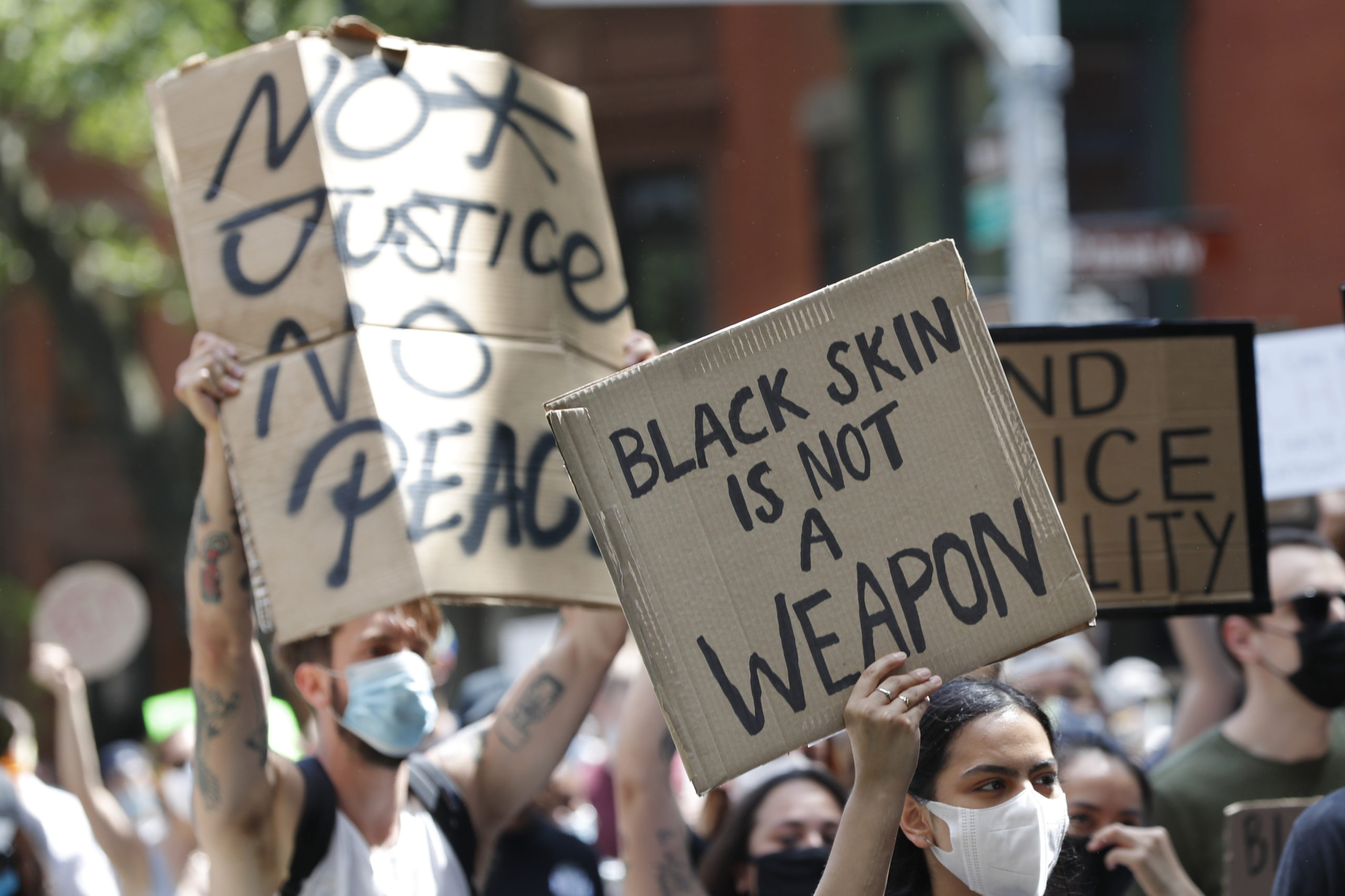
"The area was primarily used for farming throughout the 18th century and was occupied by British troops after the Battle of Brooklyn in the Revolutionary War."
"With grassroots advocacy in its roots, though, Bedford-Stuyvesant picked itself back up with the help of the Bedford-Stuyvesant Restoration Corporation."
The Bedford-Stuyvesant area was acquired by the Dutch West India Company in the 1630s and saw a significant African descent population by 1790. Farming dominated the landscape until the 18th century when British troops occupied it. Despite challenges post-slavery abolition in 1827, figures like William Thomas and James Weeks successfully purchased land, leading to the establishment of neighborhoods like Carrville and Weeksville. The arrival of European immigrants and later transportation developments shaped the community. Eventually, the Bedford-Stuyvesant Restoration Corporation led efforts to revitalize the neighborhood, preserving its historical legacy.
Read at Brooklyn Eagle
Unable to calculate read time
Collection
[
|
...
]